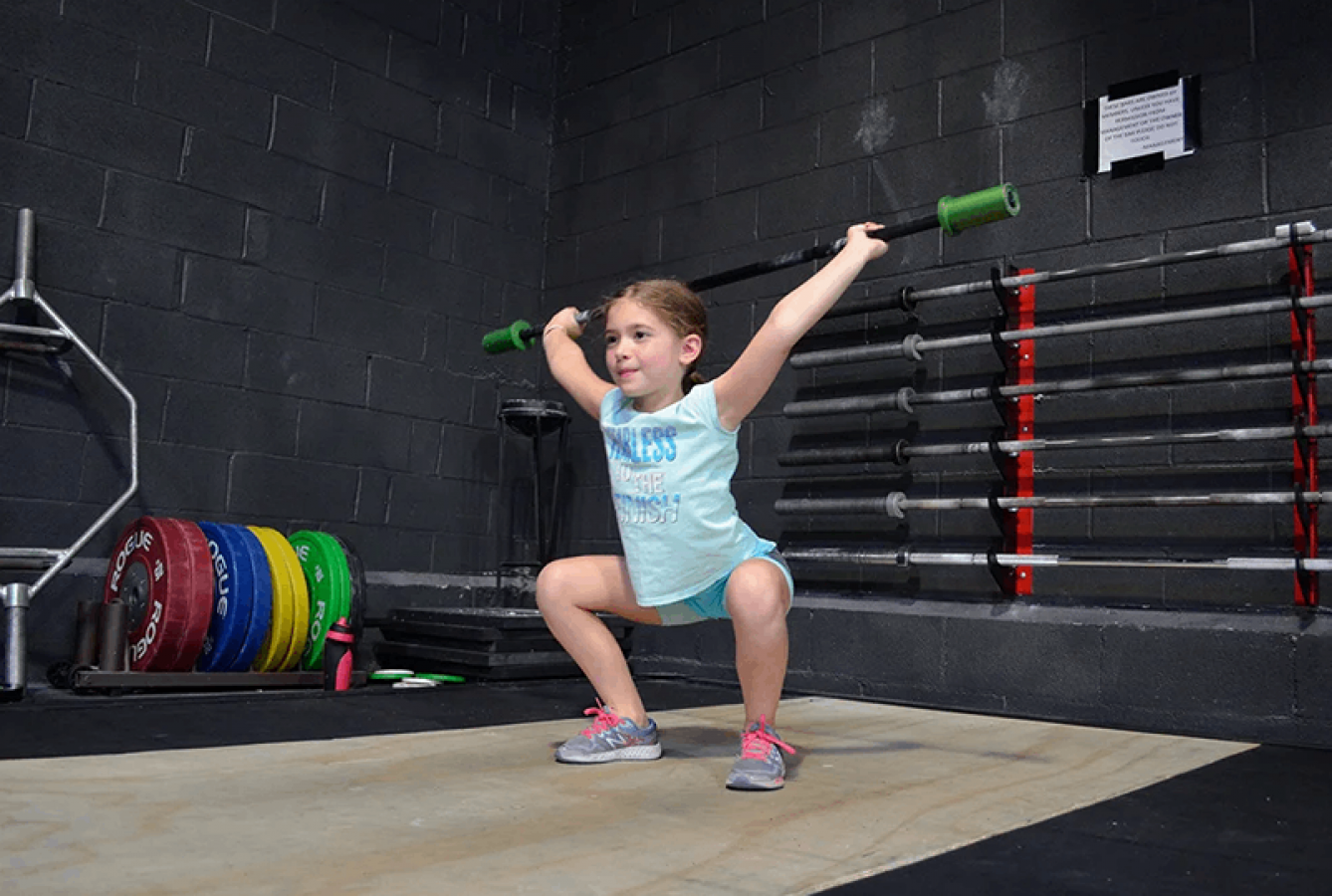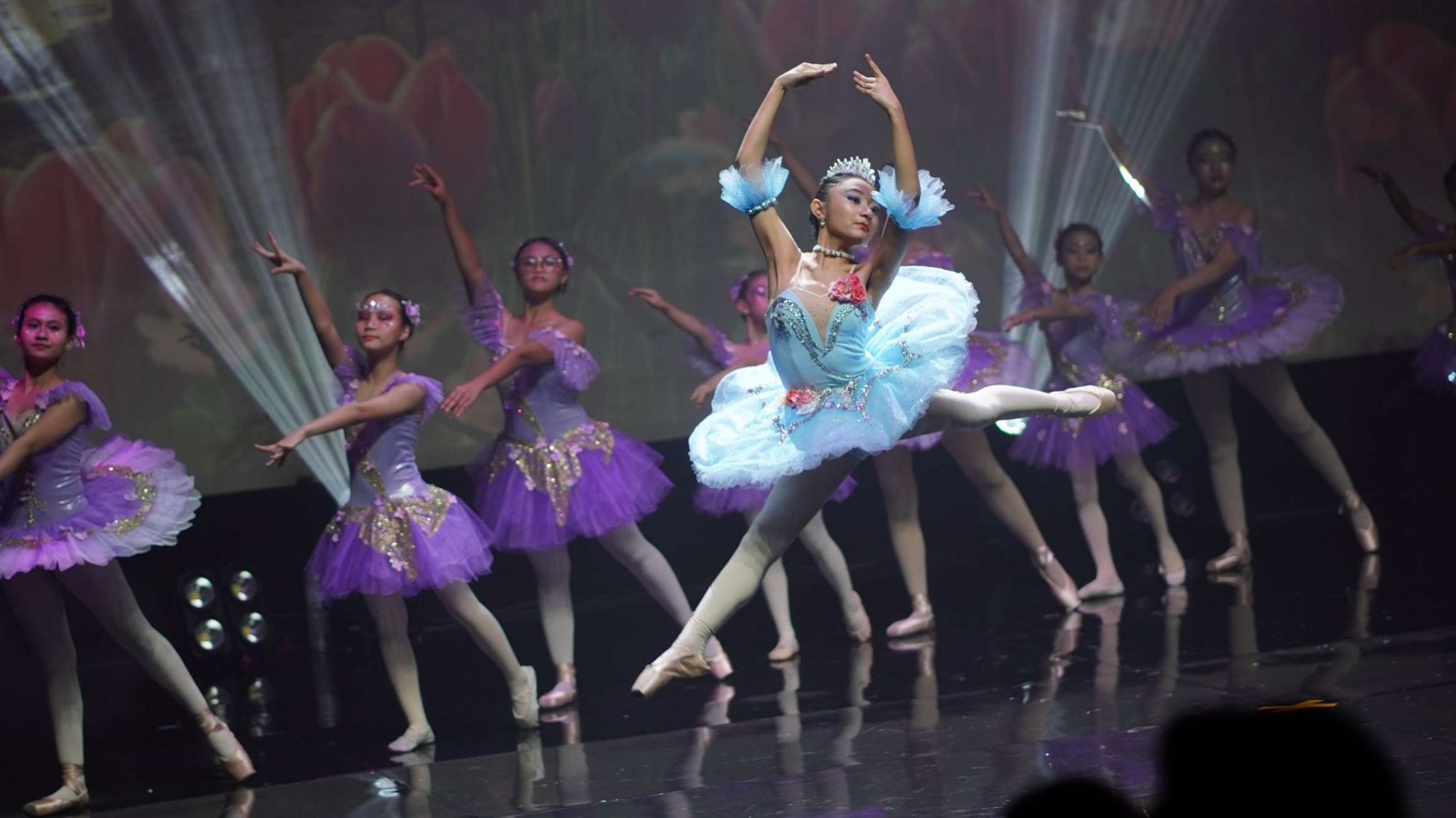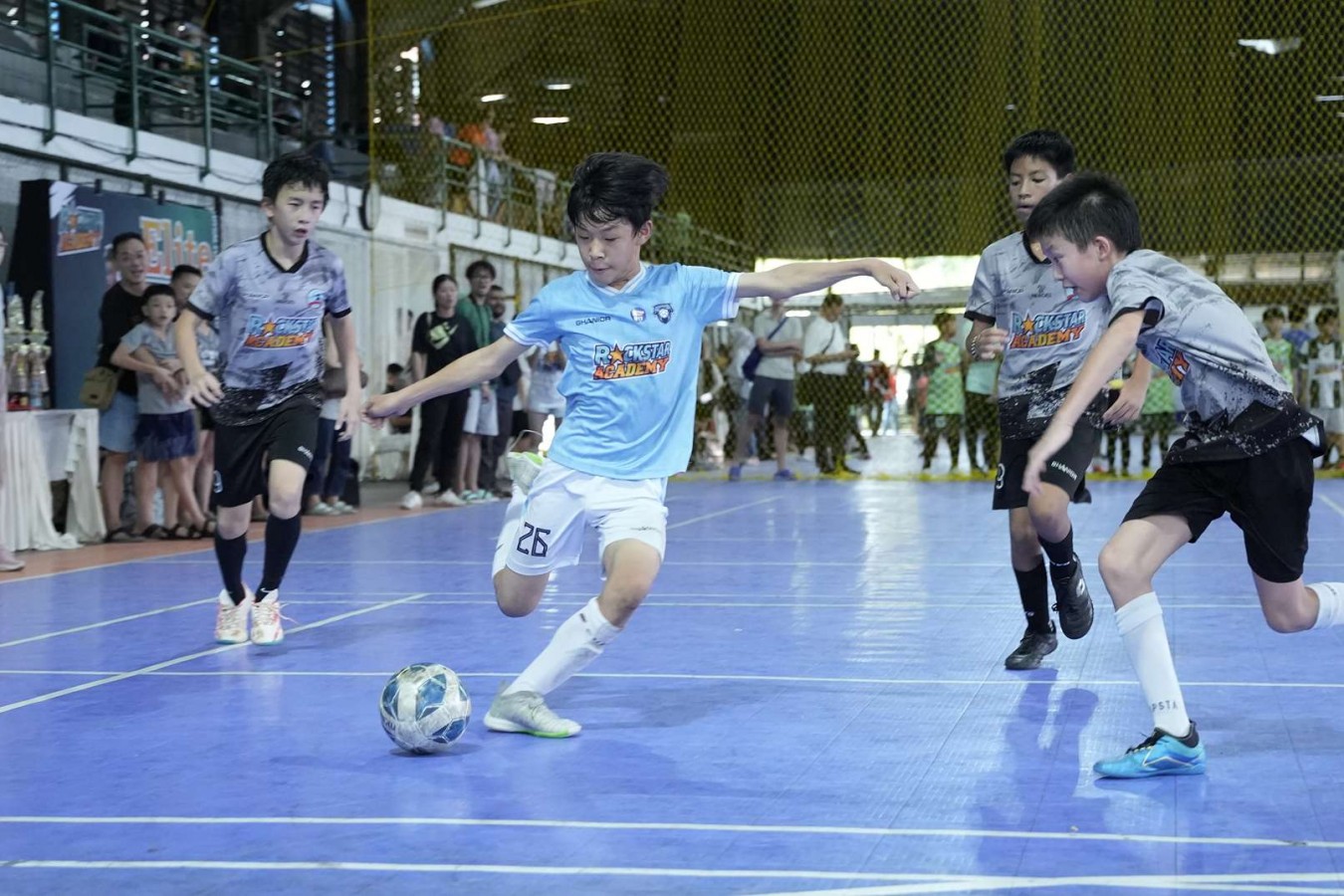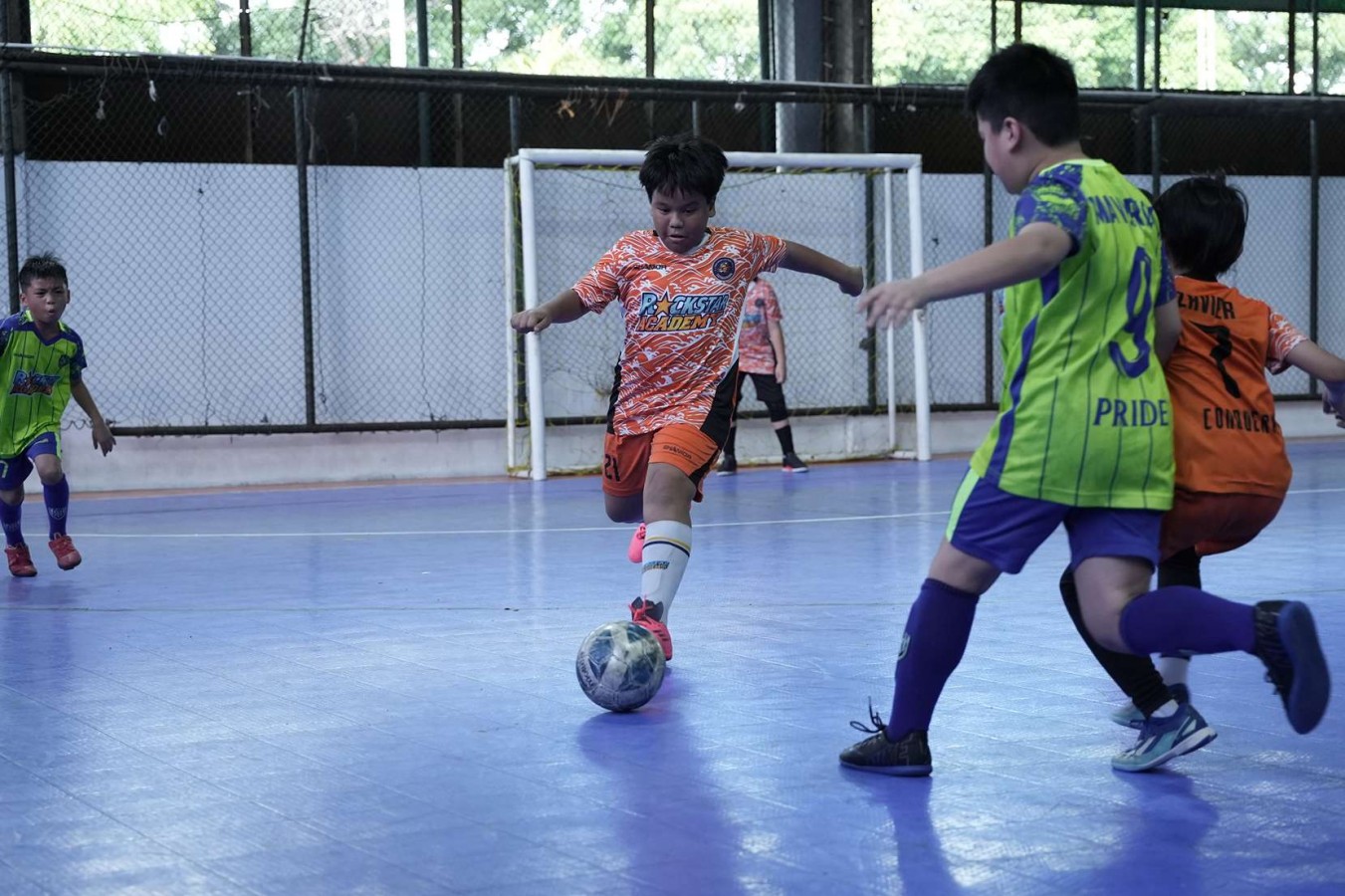Mastering the Squat CrossFit: Form, Benefits, and Variations Explained

One of the most important movements in Crossfit is the squat CrossFit. This powerful, full-body exercise is a key to developing functional strength, improving mobility, and powering through workouts with better control.
But to get the most out of your squats, it’s essential to understand proper form, know which muscles are involved, explore useful squat variations, and learn how to avoid common mistakes that can hold back your progress—or worse, lead to injury. Let’s break it all down and help you master the squat in CrossFit from the ground up!
What is a Squat in CrossFit?
In CrossFit, a squat is more than just a basic exercise. At its core, a squat involves lowering your hips back and down while keeping your chest up and heels planted.
Squats can be performed with just your bodyweight or with added resistance like barbells, kettlebells, or dumbbells.
Benefits of Squat CrossFit
Squats are one of the most fundamental and effective movements in CrossFit. Beyond just building leg strength, squat CrossFit workouts offer a full range of benefits for your body and overall fitness. Here are some of the top benefits of doing squats in your CrossFit routine:
1. Boosts Athletic Performance
Stronger legs are the base of almost every sport. For children, regularly practicing squats builds leg power and speed, giving them more explosiveness and control during sports or physical play.
2. Strengthens Core Muscles
While it’s called a leg exercise, a proper squat also activates your core muscles, including the abs and lower back. This improves balance, posture, and coordination, which are essential as children grow and become more active.
3. Improves Flexibility and Mobility
Squats involve deep movement in the hips, knees, and ankles. Practicing this regularly helps increase joint flexibility and teaches kids how to move better and more safely.
A child who squats regularly may find it easier to bend, stretch, and squat down without discomfort. It is also an important move for everything from playing on the floor to doing sports drills.
4. Reinforces Joints, Tendons, and Ligaments
Growing bodies need strong support systems. Squats help strengthen the tissues around joints, especially in the knees and hips. This reduces the chance of sprains or joint injuries, which can often happen during active play or competitive sports.
Regular squats build joint stability, allowing children to move confidently, jump, land, and run without as much risk of getting hurt.
5. Enhances Overall Muscle Development
Squats target large muscle groups like the glutes, quads, hamstrings, calves, and lower back, all at once. This makes them a highly efficient exercise for full-body strength development.
As children squat more, they not only get stronger legs but also notice improvements in their posture, running form, and even upper body control because everything is connected.
How to Do a Squat with Proper Form
Squatting may seem simple, but doing it with great form makes all the difference. Here are some easy-to-follow tips to help you squat safely and effectively:
A. Keep a Neutral Spine
Your back should stay flat, not rounded—especially when pushing back up from the bottom of your squat. Think about bracing your core (like you're preparing for a punch) to support your spine throughout the movement.
B. Watch Out for the Butt Wink
A “butt wink” happens when your pelvis tucks under at the bottom of the squat, causing your lower back to round. If this happens, don’t force yourself into full depth.
Instead, adjust your range and work on your ankle and hip mobility. You might also benefit from taking a slightly wider stance.
C. Drive Your Knees Out
As you lower into your squat, make sure your knees don’t collapse inward. Push them outward in line with your toes to protect your joints and keep your lower body stable, especially when lifting heavier weights.
D. Keep Your Weight Through Mid-Foot to Heel
Your heels should stay firmly planted on the floor. If they lift up, you likely need to work on ankle mobility. You can also try placing a small weight plate under your heels or wear lifting shoes to help maintain balance and depth.
E. Squat to a Safe Depth
The goal is to squat at least parallel (or slightly below), but only if your body allows it with good form.
Don’t force the depth and remember to start with what feels right for your mobility. Practicing bodyweight squat holds at the bottom can build strength and stability over time.
Muscles Worked During the Squat
Squats are a super beneficial move because they work several major muscles at once. The main muscles activated include your glutes, quads, hamstrings, hip flexors, and calves. These muscles are important for stronger legs.
Your core also plays a big role, keeping your torso upright and your spine safe. And if you're adding weight, your shoulders, arms, chest, and back jump in to help support the load. That’s what makes the squat CrossFit so efficient—it’s a full-body workout in one powerful movement!
Variations of the Squat CrossFit
When it comes to CrossFit, mixing up your routine with different squat variations can keep things fresh and challenge your body in new ways. Here are some popular squat variations you can try:
1. Jump Squat
Start like a regular squat, then explode up so your feet leave the ground. Land softly and control the next squat. Great for boosting your cardio and power.
2. Cossack Squat (Lateral Squat)
Stand wide, shift your weight to one leg, and bend that knee while keeping the other leg straight. It improves hip mobility and stretches your inner thighs.
3. Pistol Squat (Single-Leg Squat)
Balance on one leg while extending the other straight out. Lower yourself down and push back up. This challenges your strength, balance, and flexibility.
4. Back Squat
With a barbell resting on your upper back, squat down and back up. This classic lift builds serious leg and core strength and is a staple for athletes.
5. Front Squat
Hold the barbell on your shoulders in front of you, keeping your torso more upright as you squat. This targets your quads and core more than back squats.
6. Overhead Squat
Hold the barbell overhead with wide hands, then squat down while keeping the bar stable and your core tight. This tests your balance, mobility, and stability.
Common Squat Mistakes and How to Fix Them
When you’re mastering the squat CrossFit, it’s common to run into a few mistakes that can hold you back or even cause injury. The good news? Most of these are easy to fix once you know what to look for. Let’s break down the most common squat faults and simple ways to correct them:
A. Losing the Lumbar Curve
Fix it by lifting your chest up and raising your arms. If your lower back over-extends, tighten your abs to protect your spine.
B. Not Squatting Below Parallel
Practice holding the bottom squat position using a support like a pole or squat rack. Try aiming for a target below parallel and remove it as you improve.
C. Knees Shooting Forward Too Much
Focus on pushing your hips back as if reaching toward a wall behind you. This helps keep your knees from moving too far forward.
D. Heels Lifting Off the Ground
Keep your toes slightly lifted and pull your hips back at the bottom of the squat to keep your weight in your heels.
E. Knees Caving Inward
Press your knees outward during the squat. You can use a resistance band around your knees to help train this movement.
F. Not Fully Extending Hips at the Top
At the top, squeeze your glutes and quads and slow down the movement to make sure you fully stand up and lock out your hips.
Crossfit For Children? Try RockFit!
You might think CrossFit is only for adults—but there’s also CrossFit workout for kids, in a way that’s fun, safe, and age-appropriate. Plus, with all crossfit moves, you will also maintain your children's health!
At Rockstar Academy, we offer the RockFit program, a specially designed CrossFit-inspired fitness class for kids that uses bodyweight movements only—no heavy lifting, just safe and dynamic activities to build strength, balance, and endurance.
And yes, that includes beneficial exercises like squat variations, which help children improve mobility, coordination, and full-body strength. With RockFit, your child gets the best of CrossFit in a playful, structured environment guided by experienced instructors who know how to make fitness exciting and safe for every age.
As a premier Sports & Performing Arts Academy, we combine expert coaching with exciting challenges like our RockOlympics competition to keep kids motivated and engaged. Curious to see if it’s the right fit for your child? Join us for a free trial class and experience the energy and benefits firsthand!
FAQ
What is a squat in CrossFit?
A squat in CrossFit is a fundamental movement where you bend your knees and hips to lower your body, then stand back up, building strength and stability.
Do CrossFitters do squats?
Yes, squats are a key exercise in CrossFit for building overall strength, power, and mobility.



